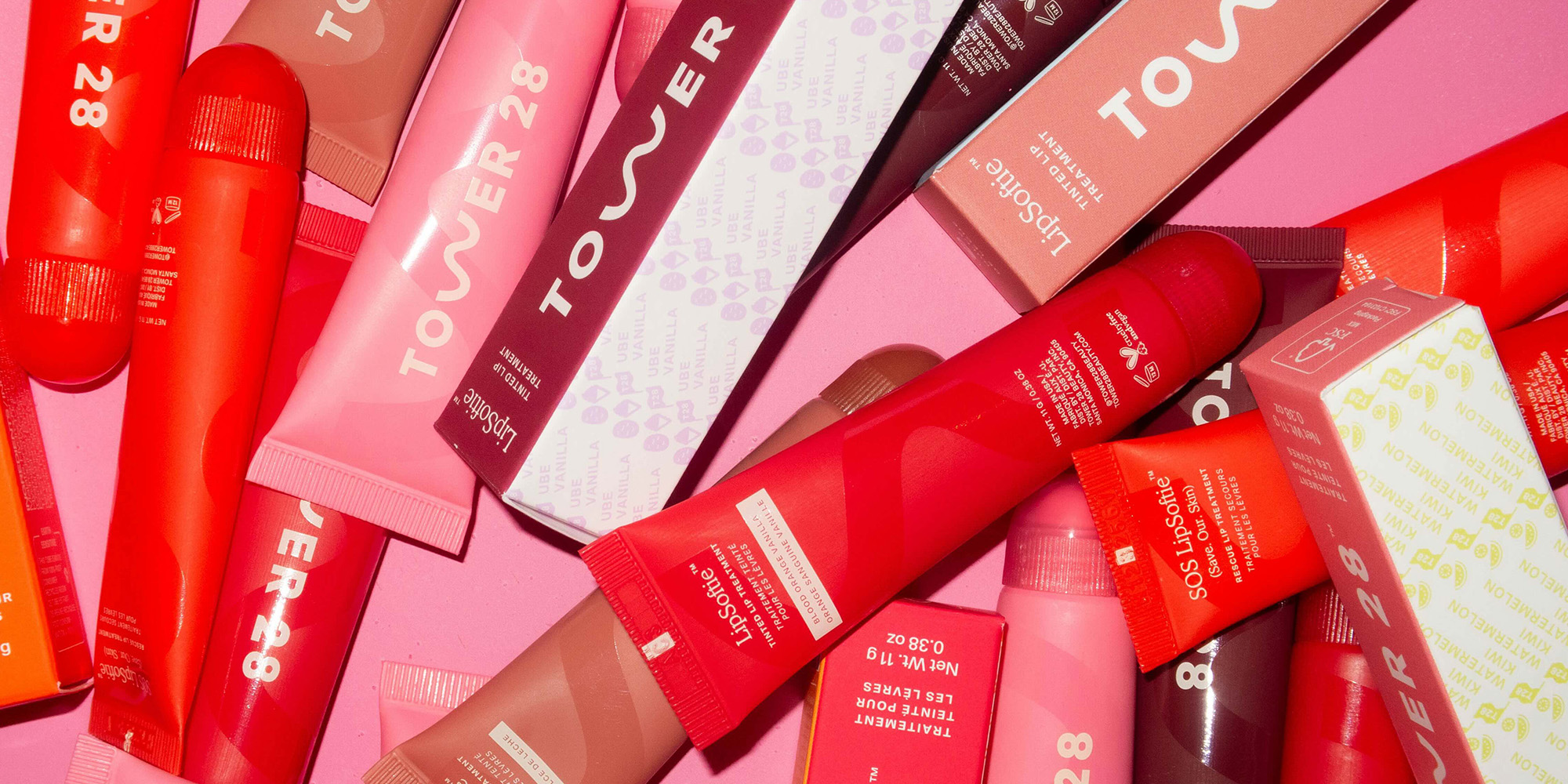
Why Does Every Beauty Brand Seem To Be Launching The Same Product At Once?
How many oils, glosses, butters and balms can a single person apply to two lips?
Sephora appears to be trying to figure out that number. Its newest makeup product launches are a veritable march of mouth merchandise. To name a few, there’s Milk Makeup’s Kush Hydrating Sheer Lip Oil, Tower 28 Beauty’s LipSoftie Hydrating Tinted Lip Treatment Balm, Ole Henriksen’s Pout Preserve Hydrating Peptide Lip Treatment, First Aid Beauty’s Ultra Repair Lip Balm, Fenty Beauty’s Lux Balm Ultra-Hydrating Cherry Lip Balm and Haus Labs’ PhD Hybrid Lip Glaze Plumping Gloss.
It’s no coincidence that these products are hitting the beauty specialty retailer at around the same time. Sephora is known to excel at spotting trends, spinning stories to promote them, choosing brands in its assortment to be involved in them and getting shoppers enthused about them. Its merchandising and marketing talents separate must-have from also-ran products.
“When you are walking into a beauty store, Sephora or Ulta, it can be very overwhelming. You’re getting all these messages, all these products. What’s important is that you pull these things together and say, ‘We have this, this is what you should be excited about,’” says View from 32 co-founder and Cassie Cowman, former senior merchandising consultant at Sephora, VP of strategic marketing at Briogeo and director of skincare at Tarte Cosmetics. “It moves the needle in such a big way. It’s way more impactful than throwing a bunch of things at the wall.”
Beauty Independent had Cowman and her co-founders and partners at beauty advisory firm View from 32—Lindsay Ullman, former senior merchant for e-commerce at Sephora, executive director for direct-to-consumer distribution at MAC North America and head of global e-tail and DTC at The Inkey List, and Gabriella Giron, former Sephora merchant and digital lead for Europe, Africa and the Middle East at MAC Cosmetics—walk us through the process of identifying a trend to selling products based on it at beauty stores.
Trendspotting entails seeking inspiration from a variety of sources. Social media, brands, press coverage, trend forecasts, trade shows, consumer insights and movements in foreign markets play a role. Ullman noticed South Korean brand Dr.Jart+’s BB creams taking off in its home market prior to Sephora building upon the K-Beauty craze in the United States.

Trends can crop up outside of beauty. Cowman detected honey was a rising ingredient in the food industry and encouraged Farmacy to develop products with it. The brand’s current range product contains Honey Potion Plus Ceramide Hydration Mask, Honey Halo Ceramide Face Moisturizer, Honey Drop Antioxidant-Rich Honey Face Moisturizer and Honey Savior Multi-Purpose Honey Skin Salve.
“It was this very organic thing that was part of a macro-trend and became a pillar of the brand. Everyone knows the saying being ‘in the kitchen’ with the brand and capitalizing on something together with the brand,” says Cowman. “This started with a mask because that was the category trend that was big at the time. So, it was both a food-based trend and a category trend and bringing them together authentically for the brand.”
Often, a retailer like Sephora explores a macro-trend first before burrowing into specific ingredients, messages or product formats under its umbrella. For example, Cowman recalls investigating the broad worlds of K-Beauty and J-Beauty and the various textures, formats and ingredients they could touch upon previous to pinning down the particulars of how to play in them.
In early discussions of macro-trends, she says questions merchants ask include, “What’s the right timing for this? Who’s the client for this? Is this on brand? Is this a limited edition? What is the purpose? What’s the opportunity? Does this go in this franchise or another? Is this something we can quickly jump on? Where is this being made?”
After high-level macro-trend discussions, Sephora heads into market meetings with brands—they happen twice a year, in the spring and the fall—to learn about their product pipelines and gauge their receptivity to participating in the trends it’s considering jumping into. It can take a year to three years from trendspotting to seeing the results of trendspotting in stores.
From there, trend ideas are distilled, and Sephora picks trends it’s focusing on in the next year. “There’s a little bit of room to adapt to some other trend that comes up that we didn’t foresee,” says Cowman. “So, you keep distilling it a bit further down and then bring more players into the meetings. Beyond just merchandising, how do you bring in marketing and other team members to start really bringing the ideas to life?”
“It’s so important that brands really stick to who they are, what their brand positioning is and what they’re delivering.”
Sephora’s trend implementation envelops several functions, from merchandise planning to marketing and demand planning to store education. It generally pursues a tiered approach to hopping on trends to help it avoid large investments that don’t pay off. Indie brands that make sense for a trend and produce a product in as little as six to eight months may be tapped in advance of larger brands that tend to take two to three years to produce a product.
“The retailers in our experience are not going to blanketly tell all of the brands, ‘Do a cleanser.’ They will only do it if it’s authentic to a brand given their story and it’s a gap within their assortment,” says Cowman. “They can’t go to everyone to do it because then there’s saturation and no one can fight to win.”
Not every brand makes sense for every trend. Ullman says she advises brands, “Don’t try to please everyone. Don’t be everything for everyone. Be specific in what you launch and who it’s for.”
Giron concurs, emphasizing, “It’s so important that brands really stick to who they are, what their brand positioning is and what they’re delivering. If you’re chasing trends, you dilute your brand…Retailers I feel are good about trying to manage trends and making sure to work with brands to ensure that everyone’s not doing the same thing.”
The rollout of products speaking to a trend may initially begin online and enter a smattering of stores for testing. A wider rollout occurs once the products have proven to resonate with consumers. The tiered process allows retailers to trial an array of digital messages related to trends and evaluate the myriad of product possibilities for them.
Ullman estimates a digital story centered on a trend usually lasts a week to two and an omnichannel story centered on a trend usually lasts roughly six weeks. She says, “They’re usually short moments in time because the retailer’s job is to have choice and tell unique stories through the course of a year. So, they never last that long, but there could be consistent pulses throughout the year with similar stories.”

Discussing product proliferation within a trend, Giron says, “You have to think about putting yourself in the client’s shoes and their different skin types. There’s sensitive skin, there’s dry skin, there’s oily skin, there’s combo skin. Sometimes, it’s about trying to find different formats within the same category. For example, with an oil, do we want to try to find lighter oils that are more absorbable or heavy-hitting oils that are for more drier skin?”
The onslaught of lip oils, glosses, butters and balms at Sephora wasn’t overnight. Summer Fridays launched its hit product Lip Butter Balm in 2020, and Lawless Beauty’s bestseller Forget The Filler Lip Plumping Line Smoothing Gloss launched a year later. The non-lipstick lip product trend skyrocketed in 2022 with Dior’s Lip Glow Oil going viral, and its momentum continued in 2023. Last year, according to data market research firm Circana provided the publication Glossy, sales of prestige lip treatment products climbed 58% to nearly $208 million.
Beauty retailers set sales benchmarks for trend execution, and goals for social media metrics can be enumerated, too. “There will always been some sort of anchor,” says Cowman. “So, either on a product level, category level or brand level, what is going to drive the volume? At the end of the day, you’re getting behind these trends because you think the client will be excited about them, i.e., they will drive sales.”
Bets on trends, of course, occasionally flop. Following hair feathers’ upswing a dozen years ago, Sephora leaned into hair extensions unsuccessfully. “It was just not the right client at the right time,” reasons Ullman. “It definitely was a trend bubbling up in the industry, but the Sephora client just didn’t vote on it. Maybe we were too late. Maybe it was more of a micro-trend than some of the press led on.”
She adds, “It doesn’t always work, and that’s OK. You go on to the next thing. It’s an incredible thing to be able to take that risk, and there are generally more hits than misses.”
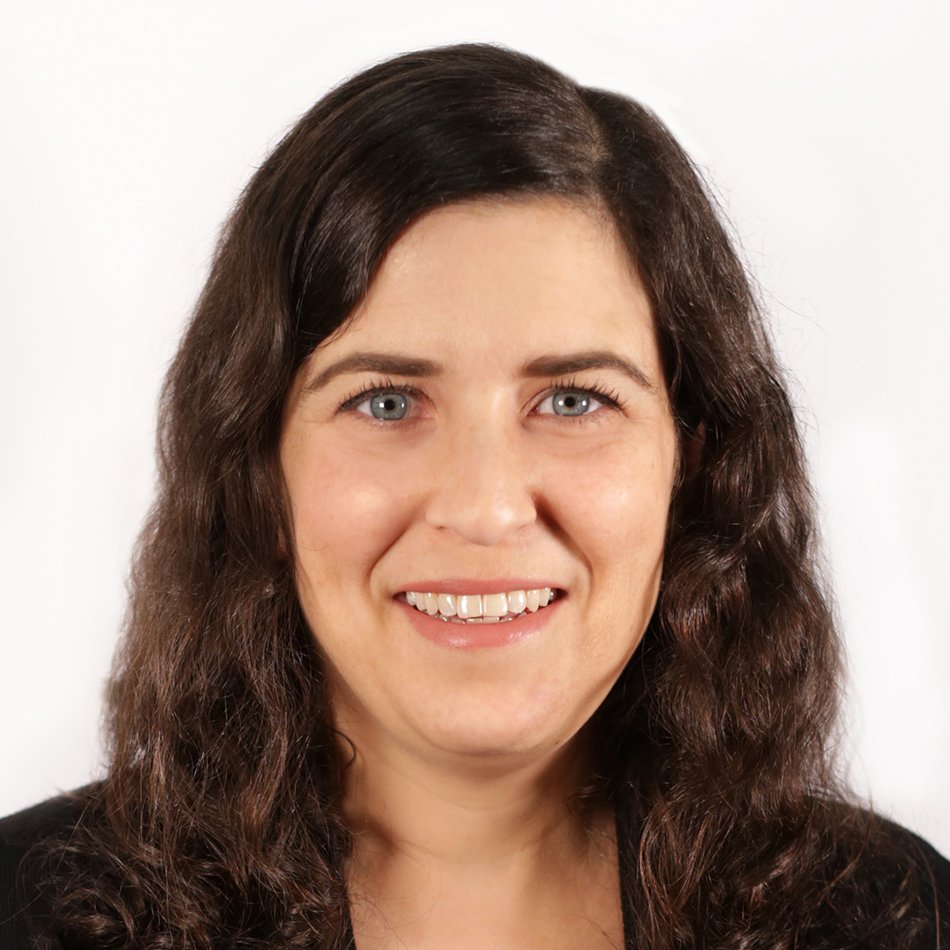
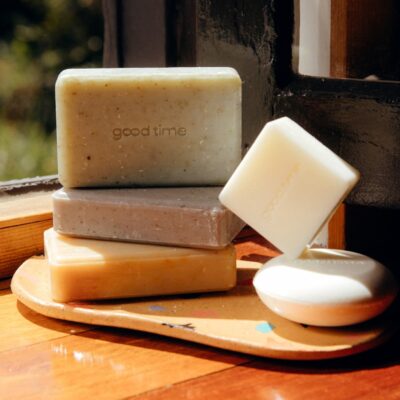

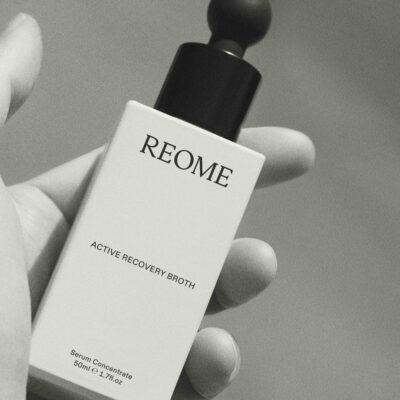
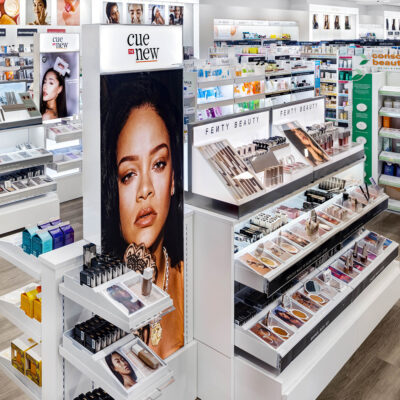
Leave a Reply
You must be logged in to post a comment.